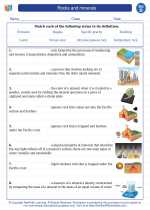Rocks and minerals -> organisms
Organisms
An organism is a living thing that can carry out all basic life processes. This includes obtaining and using energy, responding to the environment, and reproducing. Organisms can be classified into different groups based on their characteristics and relationships with other organisms.
Types of Organisms
Organisms can be classified into different categories:
- Plants: These are multicellular organisms that typically have a green pigment called chlorophyll, which allows them to carry out photosynthesis.
- Animals: These are multicellular organisms that are capable of movement and obtaining food by consuming other organisms.
- Fungi: These are organisms such as mushrooms and molds that obtain nutrients by breaking down organic matter.
- Protists: These are mostly single-celled organisms that may have plant-like, animal-like, or fungus-like characteristics.
- Bacteria: These are single-celled organisms that have a simpler structure compared to other organisms.
Characteristics of Organisms
Organisms have several common characteristics:
- Cellular Organization: All organisms are composed of one or more cells.
- Metabolism: Organisms carry out chemical reactions to obtain and use energy from their surroundings.
- Response to Stimuli: Organisms can respond to changes in their environment.
- Growth and Development: Organisms grow and undergo changes throughout their life cycle.
- Reproduction: Organisms can produce offspring either sexually or asexually.
Classification of Organisms
Organisms are classified into different groups based on their characteristics and evolutionary relationships. The classification system includes:
- Domain: The highest level of classification, which includes three domains: Bacteria, Archaea, and Eukarya.
- Kingdom: Organisms are further classified into one of six kingdoms: Animalia, Plantae, Fungi, Protista, Eubacteria, and Archaebacteria.
- Phylum, Class, Order, Family, Genus, and Species: Organisms are further classified into increasingly specific groups based on their characteristics.
Ecological Roles of Organisms
Organisms play various ecological roles within their ecosystems:
- Producers: Some organisms, such as plants, are able to produce their own food through photosynthesis.
- Consumers: Organisms that obtain energy by consuming other organisms, such as animals.
- Decomposers: Organisms that break down dead organic matter and recycle nutrients back into the environment, such as fungi and bacteria.
Conclusion
Understanding organisms and their characteristics is essential to understanding the diversity of life on Earth. By studying organisms, we can gain insights into the interconnectedness of living things and their roles within ecosystems.
.◂Science Worksheets and Study Guides Fourth Grade. Rocks and minerals
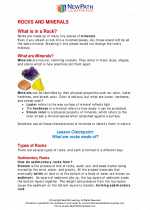
 Activity Lesson
Activity Lesson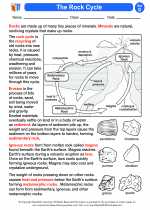
 Worksheet/Answer key
Worksheet/Answer key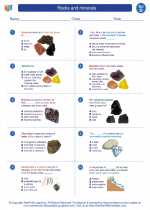
 Worksheet/Answer key
Worksheet/Answer key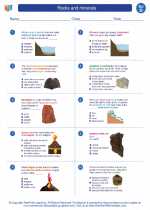
 Worksheet/Answer key
Worksheet/Answer key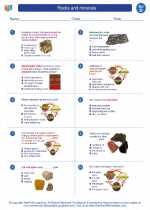
 Worksheet/Answer key
Worksheet/Answer key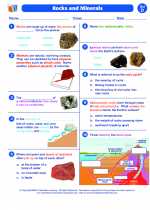
 Vocabulary/Answer key
Vocabulary/Answer key
 Vocabulary/Answer key
Vocabulary/Answer key
 Vocabulary/Answer key
Vocabulary/Answer key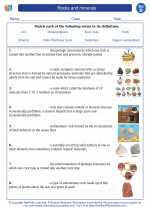
 Vocabulary/Answer key
Vocabulary/Answer key